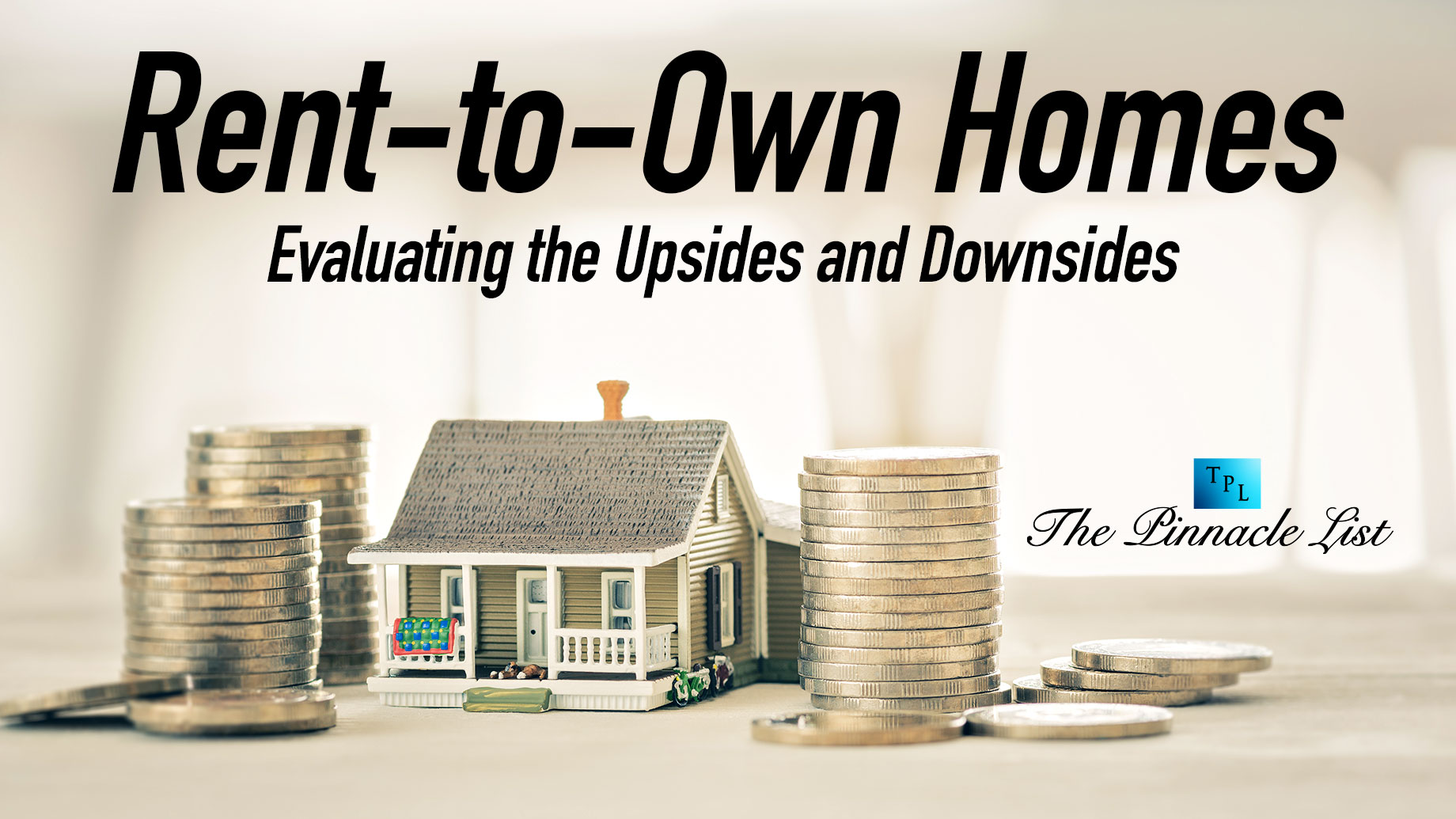
In today’s fast-paced real estate market, people are constantly seeking alternative ways to make homeownership a reality. One such avenue is rent-to-own homes, which offer an enticing blend of renting and homeownership. While this option presents several advantages, it’s not without its pitfalls. Let’s unravel the complexities of rent-to-own properties and assess the pros and cons for both landlords and potential buyers.
Understanding Rent-to-Own
Rent-to-own homes are becoming an increasingly popular choice for many aspiring homeowners. A rent-to-own property agreement, as explained by Bay Property Management Group, involves a set process. Initially, both parties review and sign a contract, deciding on the purchase price. While renting, tenants can apply a portion of the rent towards purchasing the house. Maintenance responsibilities need clarification, and by the end of the term, renters decide either to buy the property or move out.
The Upsides
For Buyers:
- Financial Prepping: Rent-to-own provides a unique opportunity for those needing more time to sort out their finances. It essentially serves as a savings period toward a down payment.
- Credit Score Boost: For individuals looking to enhance their credit score, this system allows them to live in their desired property while doing so.
- Price Stability: The locked-in price provides security against market fluctuations, as detailed by Rochester Real Estate.
- Trial Period: As highlighted by Vittanna, this method offers a trial stay, granting buyers a feel of the property before making a final decision.
For Landlords:
- Elevated Rental Income: Landlords typically charge higher rent due to the eventual sale potential.
- Potential Savings and Stability: With longer-term agreements, landlords enjoy steady income streams.
The Downsides
For Buyers:
- Financial Risks: If one opts not to buy, there’s a potential loss of money applied toward the purchase.
- Credit Pressure: Buyers must improve their credit score to qualify for a mortgage.
- Unforeseen Barriers: External factors could inhibit the final purchase. Additionally, there’s always the chance of running into unscrupulous landlords.
- Financial Gamble: Vittanna points out the risk tied to falling home prices, where buyers might end up paying more for a home that’s worth less over time.
For Landlords:
- Market Lock-In: Fixed price agreements can mean missing out on future property value hikes.
- Adaptability Constraints: Long-term agreements can reduce landlords’ flexibility in adapting to changing market conditions.
Expert Tips
For those considering this path, Bay Property Management Group recommends maintaining a keen awareness of the financial implications, like potentially higher monthly rates. Focusing on credit improvement and debt reduction can lead to better mortgage terms down the line. They also advise considering professional property management for effective upkeep and clear communication.
Conclusion
Rent-to-own homes offer a compelling alternative to traditional homeownership routes. They cater to those striving for stability while working on their financial health. However, like all investments, it’s essential to tread with caution, assess the risks, and stay informed. Whether you’re a landlord or potential buyer, ensure that this route aligns with your long-term goals and financial landscape.